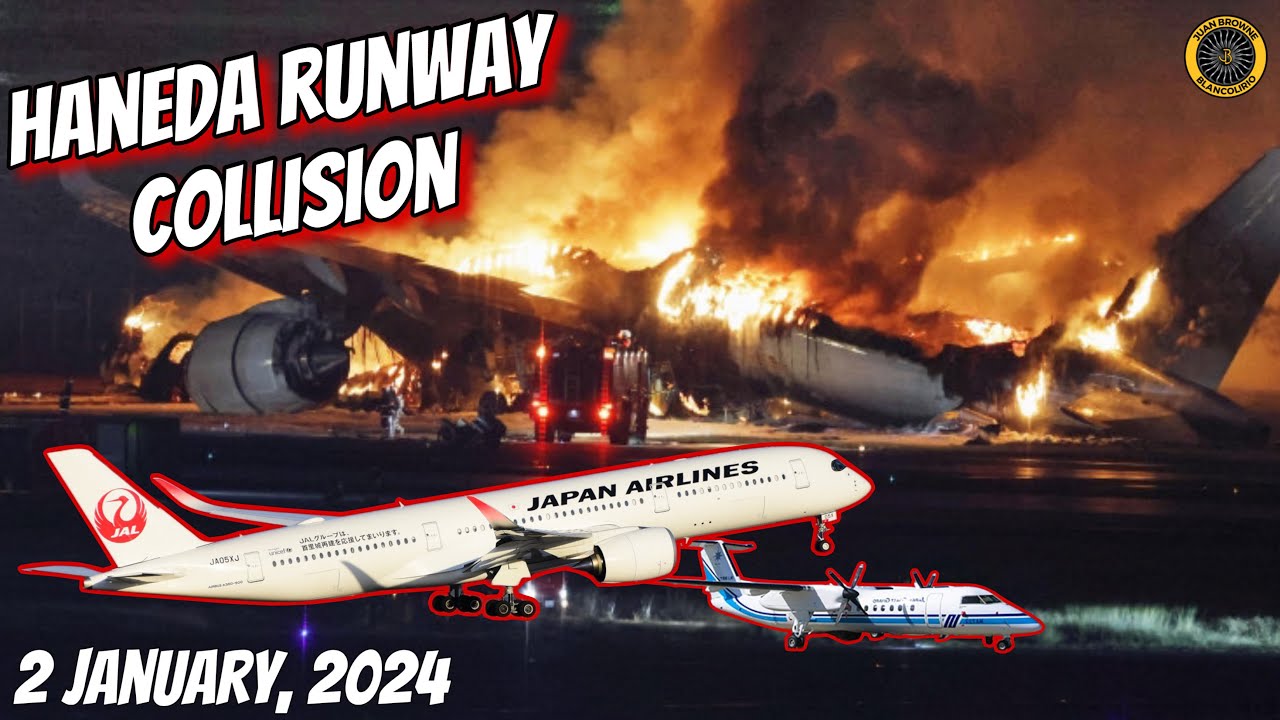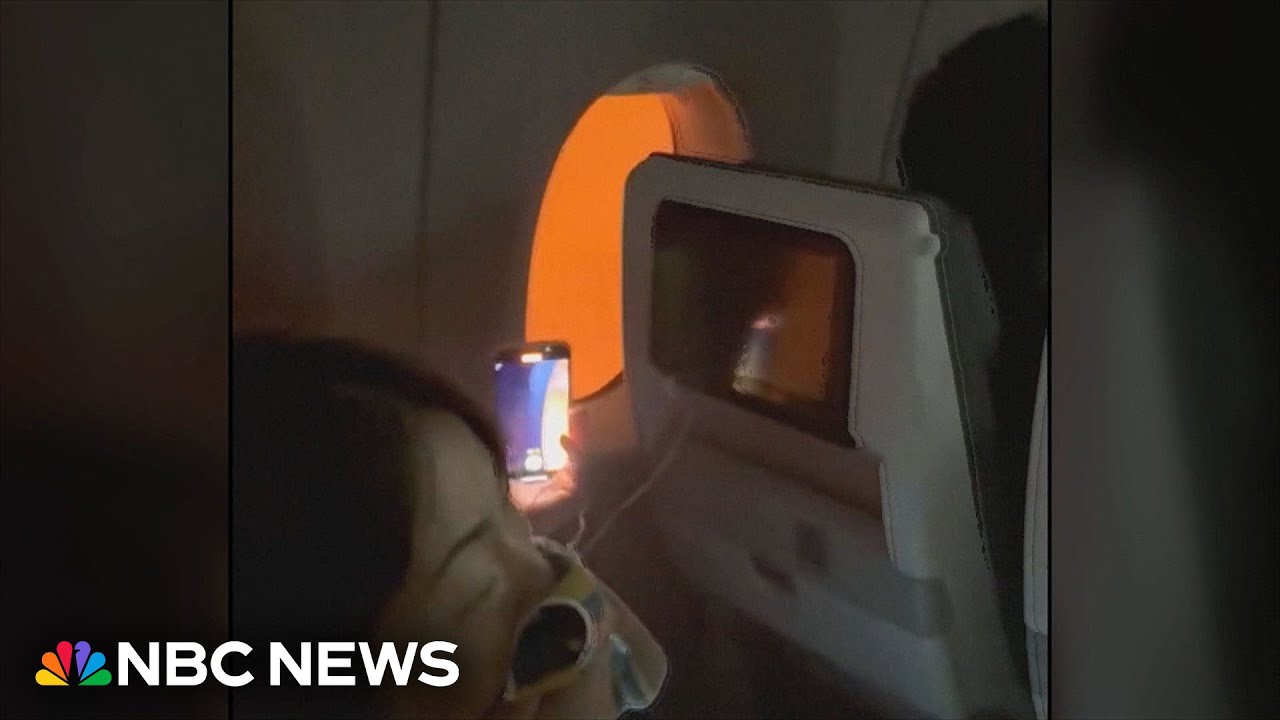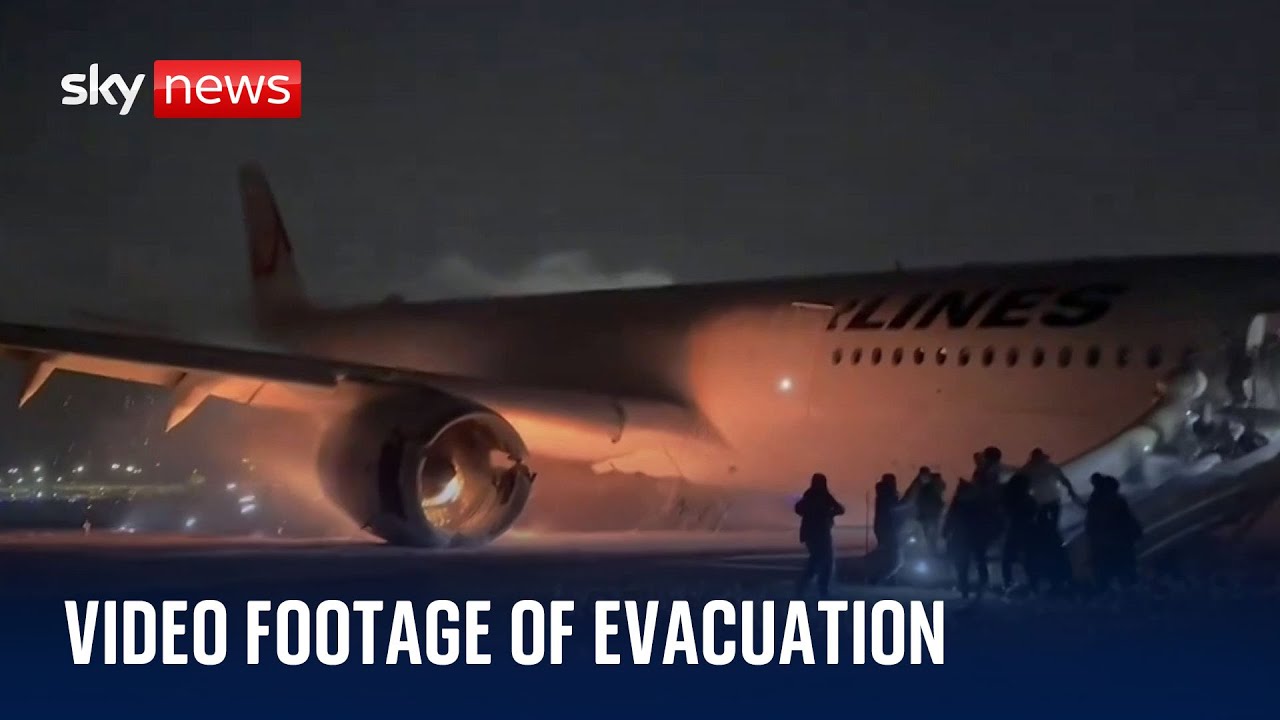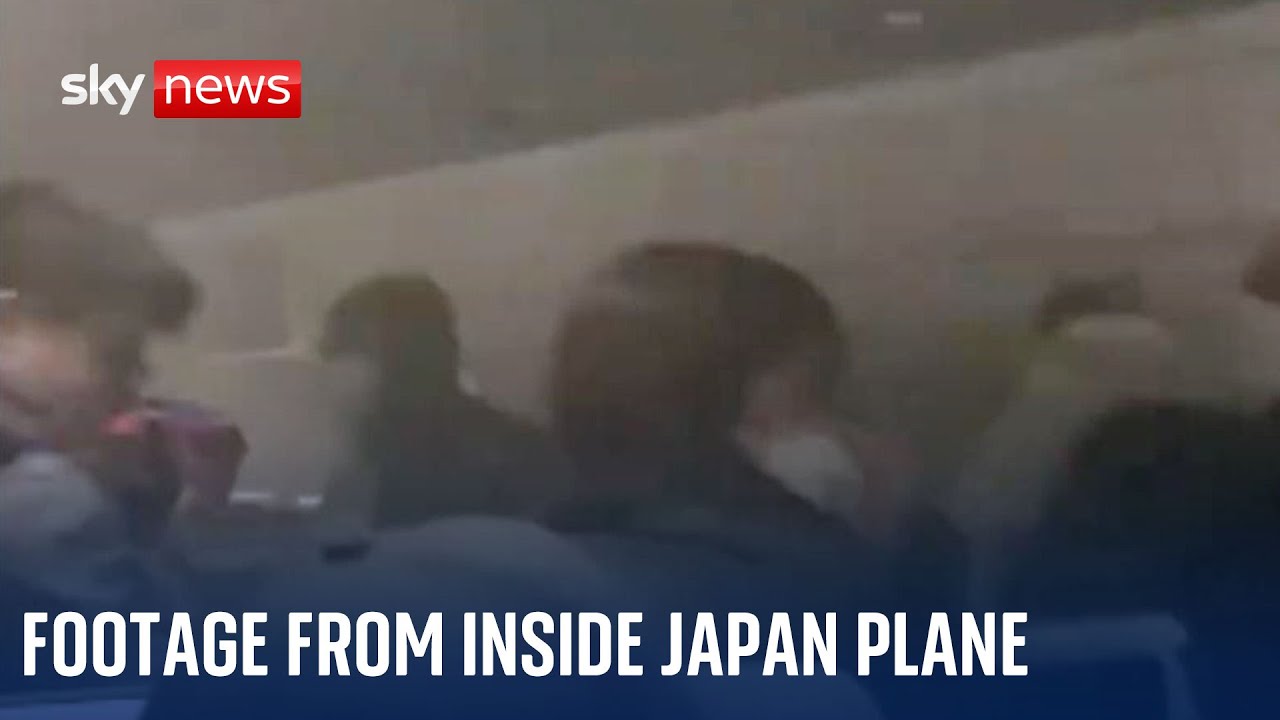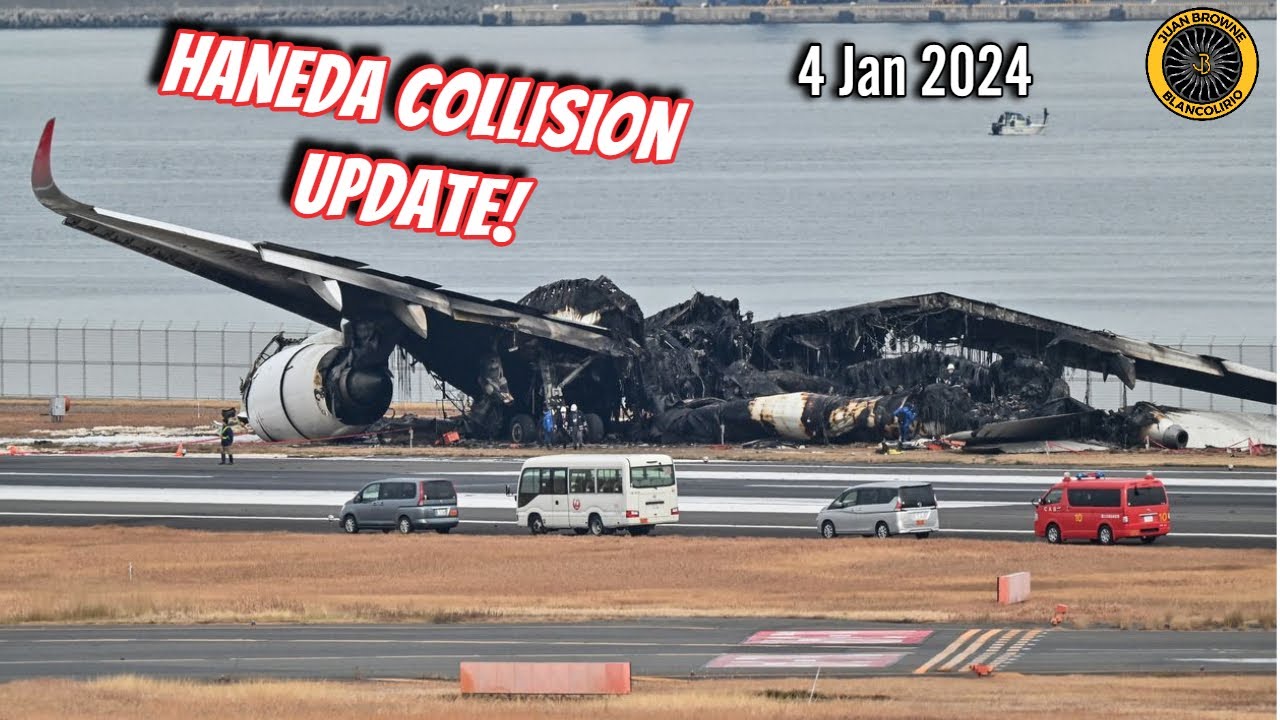The sound quality of air control guidance leaves something to desire: (timestamp video link) https://www.youtube.com/watch?v=U1VuXT7Twyc&t=296s
Forgot to mention. @11:30 in the second Blancolirio video, he mentions that the red stop lights for the holding points were out. See:
Back in the control tower, a 24-inch screen depicting the runway turned yellow, a warning signifying that an aircraft had entered a runway at the same time another was attempting to land.
Air-traffic personnel aren’t required to keep constant tabs on such indicators, according to Japan’s transportation ministry. Hiroki Sato, a former air-traffic controller who is now vice president of the transportation-industry labor union, said he found the warning signified by the yellow screen often turned out to be mistaken or unnecessary, and controllers didn’t give it priority.
Sato said his union had long been asking the government to deploy another person behind each air-traffic controller to serve as a second set of eyes for human error, including instances in which a pilot doesn’t follow control-tower directions.
In Japan, the Coast Guard and air-traffic control have grappled in recent years with challenges related to heavy workloads and personnel shortages, according to people with knowledge of their operations.
The number of air-traffic controllers operating in Japan has remained roughly flat over the past two decades. Meanwhile, the number of planes they handle increased by 50% since early this century to nearly seven million nationwide in 2019.
